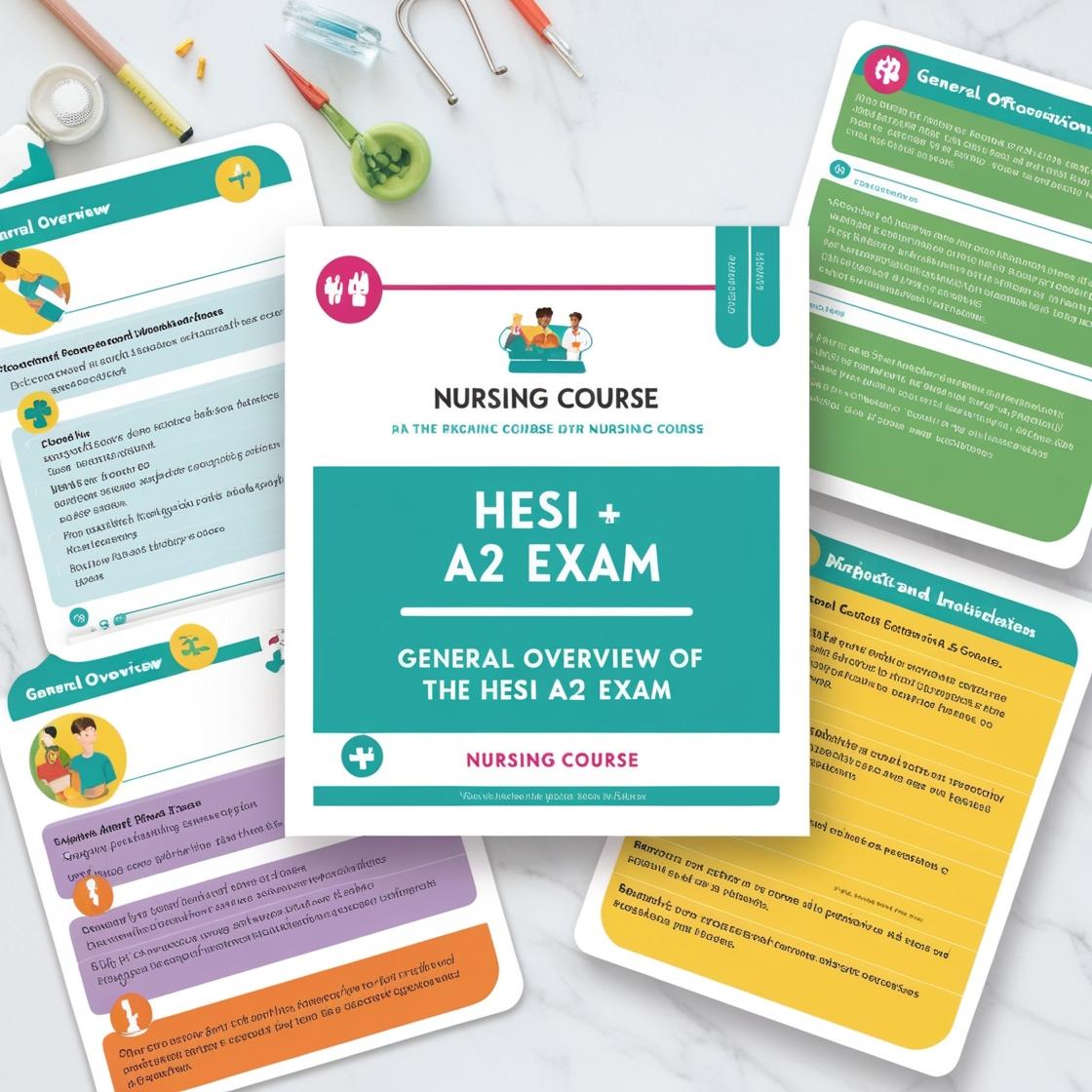HESI A2
Biology HESI A2 2024
1. Which part of a plant’s reproductive system is of a different “gender” than the others?
- A. Stamen
- B. Pistil
- C. Stigma
- D. Style
Correct answer: A
Rationale: The stamen is the male reproductive organ of a plant, producing pollen grains. The pistil, consisting of the stigma, style, and ovary, is the female reproductive organ. Therefore, the stamen is of a different 'gender' than the other parts of the plant's reproductive system. The pistil, stigma, and style are all part of the female reproductive system, involved in receiving pollen and supporting fertilization. Stamen is the correct answer as it is the male part of a plant's reproductive system, making it different 'gender-wise' from the female parts.
2. In a strand of DNA, you would expect to see adenine paired with ___________.
- A. cytosine
- B. uracil
- C. thymine
- D. guanine
Correct answer: C
Rationale: In a strand of DNA, adenine always pairs with thymine through two hydrogen bonds. This pairing is a fundamental aspect of DNA structure, where adenine and thymine complement each other in the double helix. Choice A (cytosine) is incorrect because adenine does not pair with cytosine in DNA. Choice B (uracil) is incorrect as uracil is found in RNA, not DNA. Choice D (guanine) is incorrect as guanine pairs with cytosine, not adenine, in DNA.
3. Physical factors such as temperature and pH can alter enzyme activity because they have an effect on the enzyme's ___________.
- A. acidity
- B. shape
- C. chemistry
- D. substrate
Correct answer: B
Rationale: Physical factors such as temperature and pH can alter enzyme activity by affecting the enzyme's shape. Enzymes rely on their specific shapes to function properly and catalyze reactions. Any changes in temperature or pH can disrupt these shapes, causing the enzyme to become denatured and lose its functionality. Therefore, alterations in temperature and pH can impact enzyme activity by directly affecting their shapes. Choices A, C, and D are incorrect because while pH can affect acidity and chemical properties of the enzyme, and temperature can influence the enzyme-substrate interaction, the primary reason for enzyme activity alteration due to temperature and pH is the change in the enzyme's shape.
4. How is mitosis different from meiosis?
- A. Mitosis is the process by which body cells are formed.
- B. Meiosis creates cells with half the chromosomes of the parent cell.
- C. Telophase occurs in both mitosis and meiosis.
- D. Spermatogenesis and oogenesis occur via meiosis.
Correct answer: B
Rationale: Meiosis is the type of cell division that creates cells with half the number of chromosomes compared to the parent cell. This is essential for sexual reproduction as it ensures that when the sex cells (sperm and egg) combine during fertilization, the resulting offspring has the correct number of chromosomes. In contrast, mitosis results in two identical daughter cells with the same number of chromosomes as the parent cell. Choice A is incorrect because mitosis is responsible for the division of body cells, not sex cells. Choice C is incorrect because telophase is a phase that occurs in both mitosis and meiosis. Choice D is incorrect because spermatogenesis and oogenesis involve meiosis, not mitosis.
5. What kind of symbiosis exists between a pneumonia bacterium and a human?
- A. Mutualism
- B. Parasitism
- C. Commensalism
- D. Competition
Correct answer: B
Rationale: In the case of a pneumonia bacterium and a human, the relationship is best described as parasitism. The bacterium benefits by causing harm to the human host, while the human is negatively affected by the presence of the bacterium, leading to illness or infection. This is a classic example of a parasitic relationship where one organism benefits at the expense of the other. Mutualism (Choice A) is a type of symbiotic relationship where both organisms benefit from each other. Commensalism (Choice C) is a symbiotic relationship where one organism benefits, and the other is neither helped nor harmed. Competition (Choice D) refers to a relationship where both organisms are negatively affected by each other as they compete for resources.
Similar Questions

Access More Features
HESI A2 Basic
$89/ 30 days
- 3,000 Questions with answers
- 30 days access @ $89
HESI A2 Premium
$129.99/ 90 days
- Actual HESI A 2 Questions
- 3,000 questions with answers
- 90 days access @ $129.99
